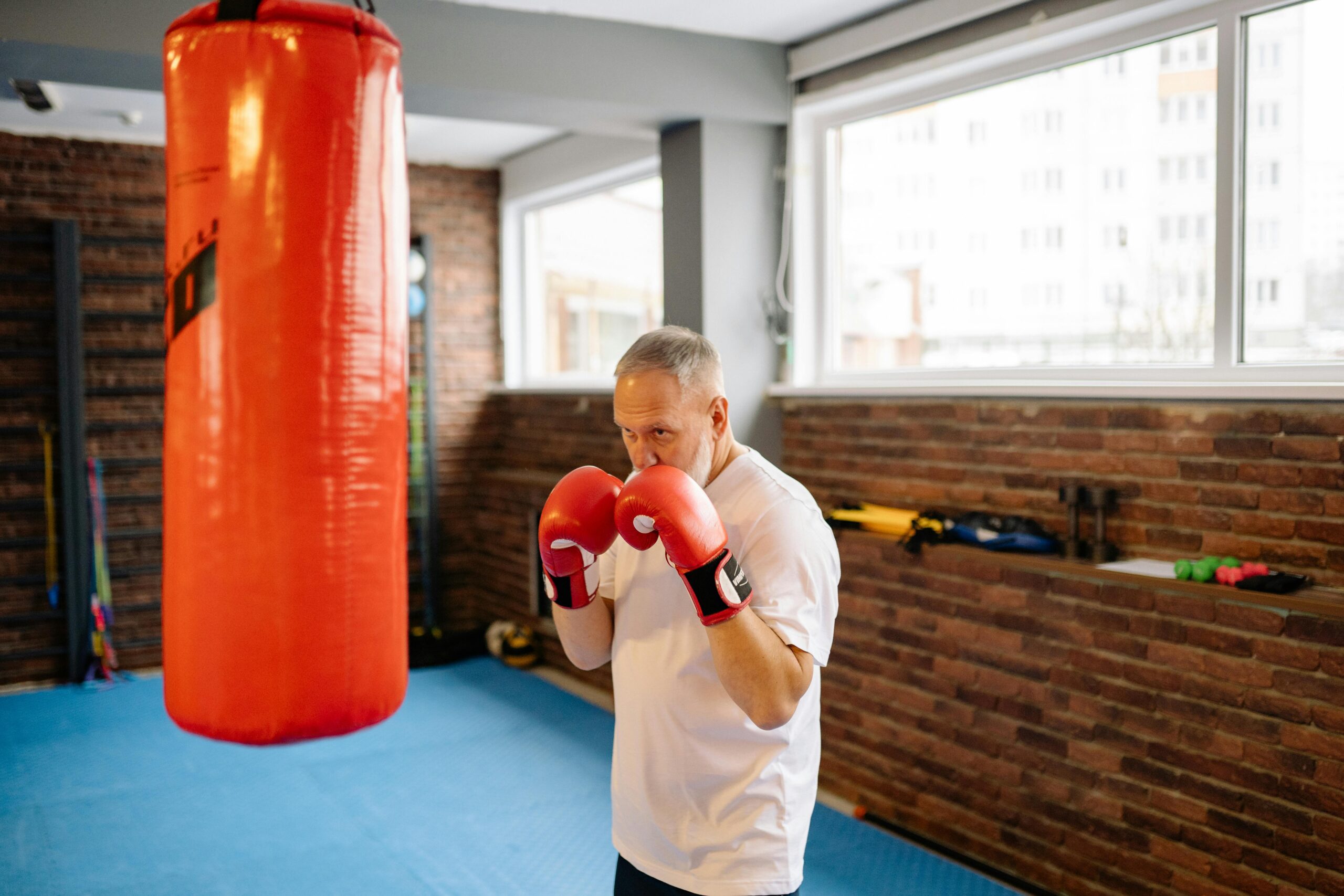Cardiovascular Endurance: The Key to Sustained Health and Performance
Cardiovascular endurance, often referred to as aerobic fitness, is the ability of the heart, lungs, and circulatory system to deliver oxygen and nutrients efficiently to working muscles during prolonged physical activity. This cornerstone of physical fitness not only enhances athletic performance but also plays a critical role in overall health, reducing risks of chronic diseases such as hypertension, diabetes, and obesity. In this article, we delve into the science behind cardiovascular endurance, its benefits beyond the gym, practical strategies to improve it, and common pitfalls to avoid. Whether you’re an athlete or a fitness novice, understanding and optimizing your aerobic capacity can unlock a healthier, more energetic lifestyle.
The Science of Cardiovascular Endurance
At its core, cardiovascular endurance relies on the body’s ability to utilize oxygen effectively. During sustained exercise, the heart pumps oxygen-rich blood to muscles, while the lungs work to expel carbon dioxide. Over time, consistent aerobic training strengthens the heart muscle, increases lung capacity, and improves capillary density in muscles. Key metrics like VO2 max (maximum oxygen uptake) quantify this efficiency, serving as a benchmark for progress. Genetics influence baseline endurance, but lifestyle choices—such as exercise frequency, intensity, and nutrition—play a far greater role in long-term improvement.
Health Benefits Beyond Physical Performance
Improving cardiovascular endurance extends far beyond running faster or cycling longer. Studies link higher aerobic capacity to:
- Reduced risk of heart disease: A stronger heart pumps blood more efficiently, lowering blood pressure and cholesterol levels.
- Enhanced mental health: Aerobic exercise stimulates endorphin release, alleviating symptoms of anxiety and depression.
- Improved metabolic function: Regular cardio aids in weight management and insulin sensitivity, combating type 2 diabetes.
- Longevity: Higher VO2 max correlates with a lower risk of premature mortality.
These benefits highlight why cardiovascular fitness should be a priority for everyone, regardless of athletic goals.
Effective Training Strategies
Building cardiovascular endurance requires a mix of consistency and strategic variation. Key approaches include:
- Steady-state cardio: Activities like jogging or swimming at a moderate pace for 30+ minutes improve baseline endurance.
- High-Intensity Interval Training (HIIT): Short bursts of intense effort followed by recovery periods boost VO2 max rapidly.
- Cross-training: Combining different aerobic activities (e.g., cycling and rowing) prevents plateaus and reduces injury risk.
Progression is critical—gradually increasing duration or intensity ensures continuous adaptation. Pairing exercise with a balanced diet rich in iron, antioxidants, and complex carbohydrates further supports cardiovascular health.
Common Mistakes and How to Avoid Them
Even motivated individuals can undermine their progress. Common errors include:
- Overtraining: Excessive cardio without adequate rest leads to burnout and weakened immunity. Balance activity with recovery days.
- Neglecting strength training: Building muscle supports joint stability and improves overall efficiency during cardio workouts.
- Poor pacing: Starting too fast in endurance activities causes premature fatigue. Use a heart rate monitor to stay within target zones.
Listening to your body and adjusting routines based on energy levels and recovery can prevent setbacks.
Conclusion: Building a Foundation for Lifelong Health
Cardiovascular endurance is more than a fitness metric—it’s a vital component of holistic well-being. By understanding the physiological mechanisms, embracing varied training methods, and avoiding common pitfalls, individuals can enhance both their physical capabilities and long-term health. Whether through daily walks, structured HIIT sessions, or recreational sports, prioritizing aerobic fitness fosters resilience against disease, mental clarity, and a higher quality of life. Start small, stay consistent, and let each heartbeat remind you: every step toward better endurance is a step toward a healthier future.
